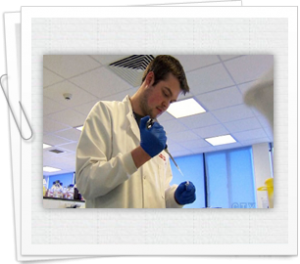Online CPR Certification Blog
How safe are your genetic secrets?
Date: January 26th, 2014
 The secrecy of such genetic materials became an issue of concern after some researchers said that they managed to determine identities of about fifty people who had gone for genome sequencing. However, the scientists were only able to identify males directly as they relied on info contained on Y chromosomes.
The secrecy of such genetic materials became an issue of concern after some researchers said that they managed to determine identities of about fifty people who had gone for genome sequencing. However, the scientists were only able to identify males directly as they relied on info contained on Y chromosomes.
How to identify anonymous genetic material givers
The first step in this process involves going on the internet to pull anonymous but very unique information. Presently, genomics maintain public available databases containing numerous genomes but there are no explicit identifiers due to the absence of the surname and name of the person. Yaniv Erlich, the study author says that one can take a genome at the database for purposes of research where the Y chromosome is analyzed if it belongs to a male. But this can only be possible for a person like Erlich who has specialized knowledge in this field. He says that this requires some skills and even though there are certain tools available that one can use, one must know exactly what is to be done and might not be possible to a layperson.
However, he continued to say that one doesn’t really need a lab as an internet connected computer is all that is required. The next step involves genetic genealogy sites like Family Tree DNA where people can search easily for their ancestors. After the analysis of Y chromosome is complete, the data is taken to another recreational genetic genealogy database. Most of these databases have search engines where the Y chromosome markers are plugged to find search matches. In case the anonymous genome specimen is related to someone on the search site, the last name will appear. This method cannot be used to identify women with only the X chromosomes.
The final step of getting the real identity
But uncovering the last name isn’t the last step in this procedure. In US, many people share a surname but also notes that the privacy rules of HIPAA allow the age and state of the participant to be made available on the research databases. After the revelation of the name, state and age, the possibility now narrow down to just about 12 people. An individual can easily be pin pointed by use public information derived from internet search tools.
There is always the concern of whether the privacy of the person should be protected or made available to help advance science and health. Rodriguez says that locking down data and tightening security might not be the best answer. This is because genomic databases are a source of a highly improved and vast pool of valuable knowledge that scientists everywhere can use. It is important that such public data is shared and research patients to be disclosed fully.